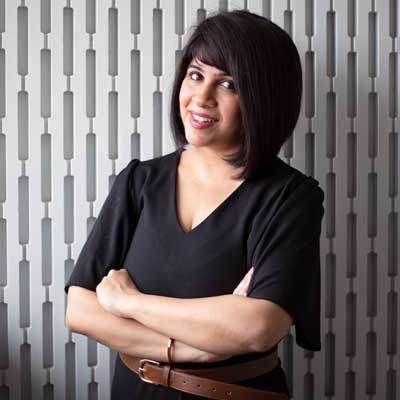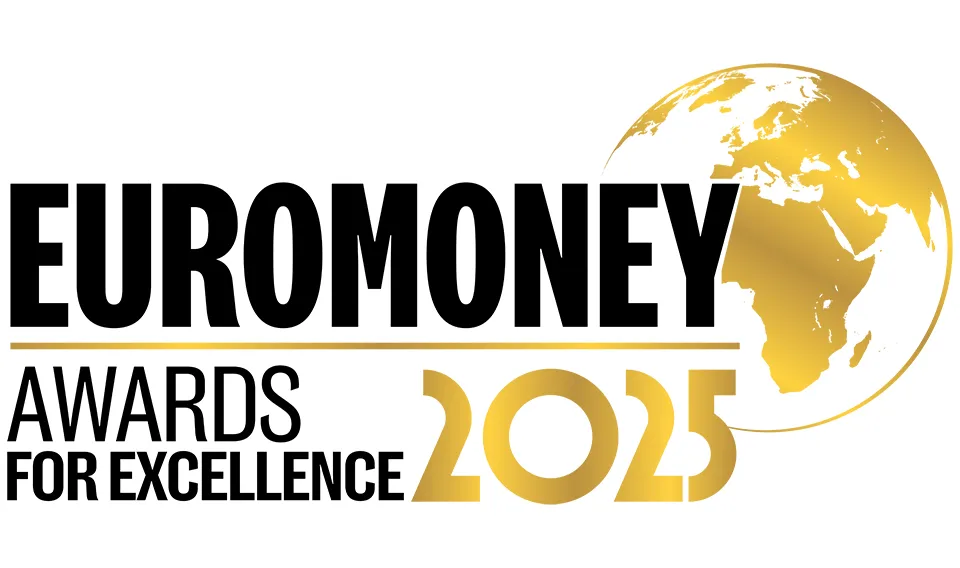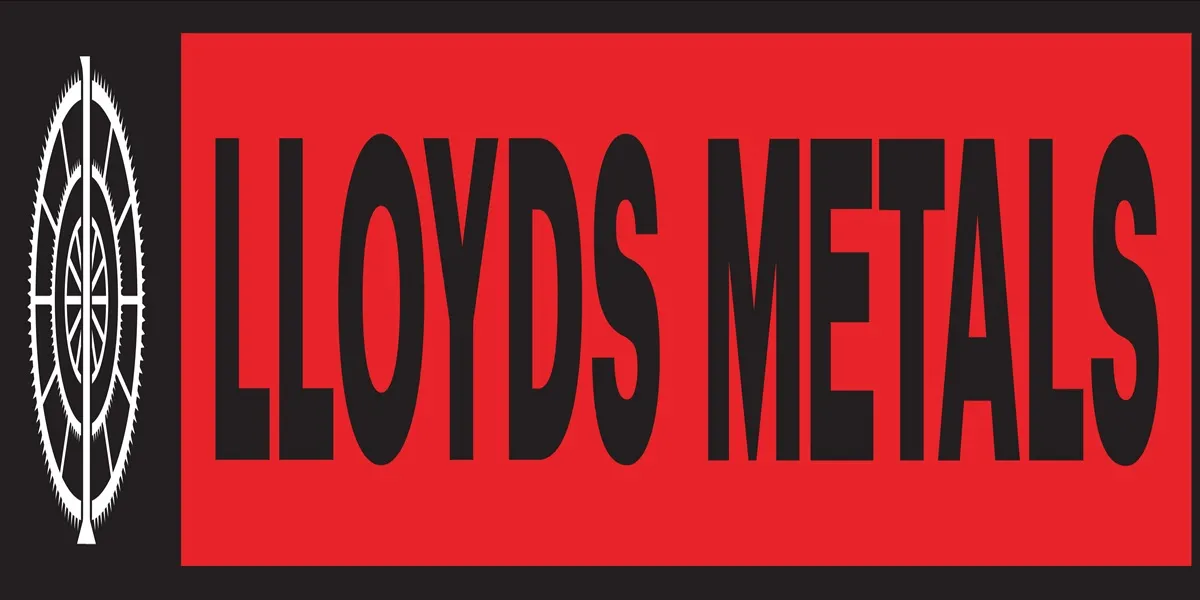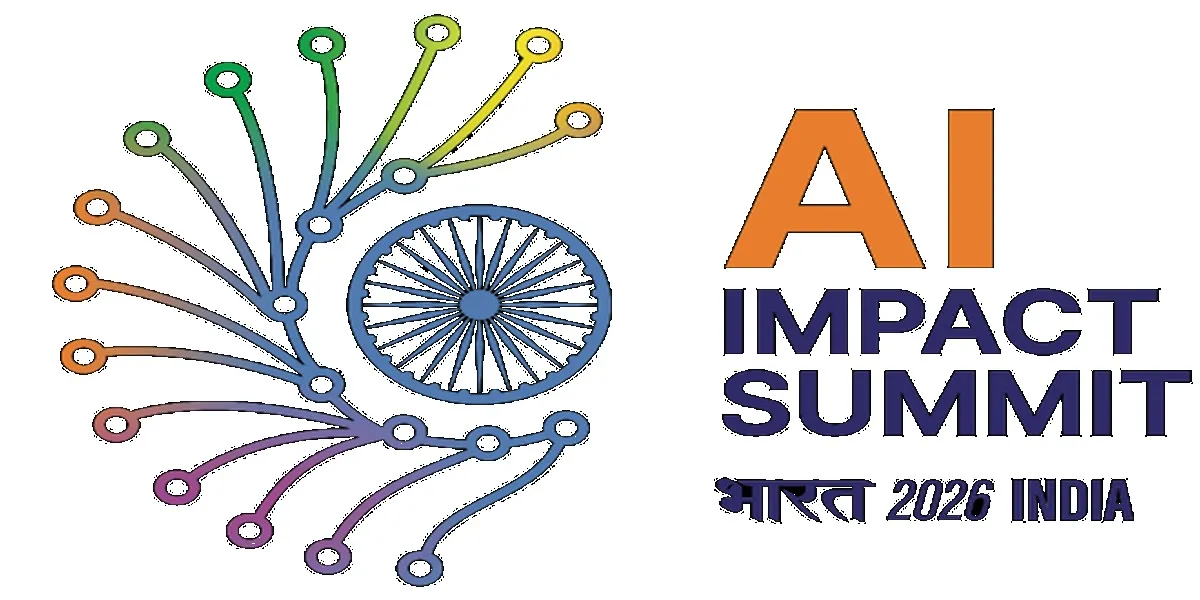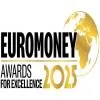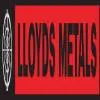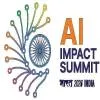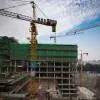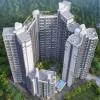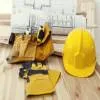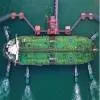CW DesignBuild spoke to Meena Murthy Kakkar about her vision, philosophy, design style and much more.
What is your vision for Envisage?
Our thought process and vision is a part of us that is continuously evolving. It would be a disappointment to look back ten years from today and see ourselves having a similar approach to projects. Today, the materials are evolving; clients ask for unique and fresh perspectives, then why not us? Our designs result from a collaborative approach towards the client's style preference and aesthetic interpretation.
One of the key learnings we have gained over the years is the need to see what we have in hand, the space we need to design and what it offers. Make the best of it - in terms of light, space, ventilation. We have realized not to make presumptions or start with an idea in our heads. Let the site inspire us and set the parameters instead of designing something out of context.
Tell us about the major challenges you faced while establishing your firm and what were your key learnings from them?
Every firm faces a host of challenges before it finds solid ground and takes off. Envisage, during its inception, faced obstacles to establishing credibility and ethos fresh out of academic backgrounds. However, what worked to our advantage was the individual specializations in different areas of expertise, which completed a wholesome team capable of handling all design aspects. Our key learning was to understand that running a firm is more than just design, and one needs to understand the structure, material, managing labour and sites. Handling a practice is beyond the education gained during one's academic years, and being discerning about practical aspects holds the most importance.
Tell us more about the use of the latest technology softwares in your projects and how have they aided your work?
The whole office today is dependent on technological aids to allow for the smooth functioning of the system. At Envisage, we use softwares that facilitates online collaboration and makes remote work more manageable. Logitech teams and Google jamboards are doing wonders for the team to stay connected and store their data in an organized manner even though it's being done from the comfort of their homes.
How has your design philosophy changed over time, especially in the light of the pandemic? What changes have you made in your work protocol due to the pandemic?
Sustainability is now mandatory and is the primary design force post the pandemic. There is an inherent need to make spaces easy to live in and work from. With commercial spaces, the earlier thought process used to be only design-driven, now with the economic slowdown, the financial viability angle finds prominence. We are actively trying to focus on functional flexibility in office spaces so more than one beneficiary company can use it. In our own office, we have made arrangements for managing meetings with the team at remote locations, early opening and closing timings to avoid rush hour traffic. Various no-touch fittings in shared spaces are also being installed. The pandemic has indeed mandated some changes, and we are doing our best to keep up with it.
How do you approach design to accommodate aesthetic and functionality in commercial projects?
In commercial projects, we invest maximum time to design an optimal layout scheme. This scheme is the marriage of functionality and aesthetics. The scheme will be complete in minimizing waste of space and design possibilities for flexibility and adaptability. This approach allows us to interpret the layout in different themes and ideologies to create a larger picture for the project.
How do you incorporate sustainability in your work?
Our understanding of sustainability encompasses all three pillars of the concept: environmental, social, and financial sustainability. We design keeping in mind the end-user which ensures social sustainability. We provide the best fittings within financial constraints to help the clients operate within the realms of economic sustainability. The health of the space is relevant now more than ever; ventilation and design decisions affect the indoor quality of space, making it imperative to incorporate environmental sustainability measures while designing.
How would you define your style of design? How do you ensure that your projects bear your signature?
At Envisage, based on the client's needs, we provide curated design solutions unique to them. At the core of our design style lies functionality followed closely by aesthetics. There is not one signature style that we swear by, but there is no compromise in our beliefs and values. Our clientele is attracted to the variety in our rapporteur and the assurity that we are passionate about their vision.
Tell us more about your experience while designing the India Post Payments Bank for the Government of India.
The design for the India Post Payments Bank project, our prerogative no longer was to report to a single client and guide their design decisions. The challenge was to deal with multiple government departments and convince them of the functional and aesthetic design solutions we were posing. Steered by the CMO, there was a clear mandate to create space for people of all age groups, creating interesting design possibilities. This project is a moment of pride for our studio to have been a part of this journey.
Tell us more about your passion for teaching and imparting knowledge, especially teaching at School of Planning & Architecture.
In practice, one gets caught up in the cycle of design and execution in a mechanical fashion. Teaching young minds and engaging with their creative energies is exceptionally refreshing. Each brief in a studio class is tackled uniquely by each student. As guides, we are compelled to review our position on issues when posed with strikingly innovative designs. One's design sensibilities evolve while getting a break from the regular rut of workdays. Questions that students pose accompanied by the rigour of academics train a guide's brain to push beyond limits and educate themselves in the process.
What changes have you perceived in your clients (in terms of demands, awareness, aesthetics, etc.)?
Clients grow with evolving times. Today with the advent of visualizing software, clients wish to see everything before making a design decision, which is a challenging task for designers. However, their awareness of sustainability and patience towards sustainable solutions irrespective of financial constraints is a welcome change in a positive light. Clients are focused on making spaces functional and healthy to reside in and spend their time in. There is a shift towards minimalist and simple design solutions that are easy to maintain and preferable over heavy-duty ornamental interiors. The design process is highly collaborative and rewarding with this new wavelength that clients are bringing to the table.
Tell us about the projects you are working on currently.
Our latest projects consist of a melange of typologies ranging from commercial, residential and institutional. A biophilic themed school in Faridabad, a conventional residence in Delhi and some villas in Delhi and Gurugram. Numerous offices are now in process as well. We are also working on upgrading two residential schools.
What advice would you like to give to aspiring architects/designers?
Aspiring architects/ designers need to mould their design sensibilities with the rapidly changing times. Be a learner all your life, be observant of your surroundings and empathize with people. I believe there is something to learn from everything around you, inanimate and animate, with the potential to make one a better designer. There is a need to be mindful of people's needs, a site's context, the financial boundaries one is operating within; these traits are embodied by keen learners who aspire to be better designers/architects.
